It's been well over a decade since Apple shipped the first iPad to the world. Here's how the modern ninth and tenth generation iPad, aimed at the same audience, have improved over the original model.
After Apple experimented with tablets for years, Steve Jobs revealed the first iPad in January 2010, with the first devices shipping on April 3, 2010. However, the device's birth can be traced to 2004, when Jony Ive and others created a tablet prototype.
Apple initially planned to release it before the iPhone launched in 2007 but decided that the smartphone was more important at that time. The company sold over 300,000 iPads at launch, and millions over a decade later.
More options are available now as the company has expanded the product line to include two entry-level iPads, the iPad mini, iPad Air, and iPad Pro. But the fundamental nature of the iPad hasn't changed, in that it sits between the iPhone and the Mac.
The 10th-generation iPad that Apple launched in 2022 costs $449 while the original iPad was $499 at launch, which would be approximately $529 today. Apple also continues to sell the ninth-generation model from 2021 at $329 as the entry-level and budget-friendly option.
That model is more affordable because it has older components but can still handle many tasks. Here is how the three compare to one another.
Original iPad versus new iPads - Specifications
| Specifications | Original iPad | 9th-gen iPad | 10th-gen iPad |
|---|---|---|---|
| Price (starting) | $499.00 | $329.00 | $449.00 |
| Dimensions (inches) | 9.56 x 7.47 x 0.5 | 9.8 x 6.8 x 0.29 | 9.79 x 7.07 x 0.28 |
| Weight (pounds) | 1.5 | 1.07 | 1.05 |
| Display size (inches) | 9.7 | 10.2 | 10.9 |
| Display type | LCD | Retina | Liquid Retina |
| Resolution | 1024 x 768 | 2160 x 1620 | 2360 x 1640 |
| Pixel density | 132 | 264 | 264 |
| Processor | A4 | A13 Bionic | A14 Bionic |
| Rear camera (megapixels) | None | 8MP Wide | 12MP Wide |
| Front camera (megapixels) | None | 12MP Ultra Wide Center Stage | Landscape 12MP Ultra Wide Center Stage |
| Storage | 16GB, 32GB, 64GB | 64GB, 256GB | 64GB, 256GB |
| Connectivity | Wi-Fi (802.11a/b/g/n), Bluetooth 2.1 | Wi-Fi 5, 4G LTE, Bluetooth 4.2 | Wi-Fi 6, 5G, Bluetooth 5.2 |
| Ports | 30-pin | Lightning | USB-C |
Original iPad versus new iPads - Design, Size, Weight
The iPads have gotten larger since the original model, but they have also decreased in weight. The original iPad was 9.56 inches by 7.47 inches by 0.50 inches thick, and weighed 1.5 pounds.
The 2021 and 2022 iPads have similar dimensions. The 2021 iPad comes in at 9.8 inches by 6.8 inches by 0.29 inches and 1.07 pounds, and the 2022 model is 9.79 inches by 7.07 inches by 0.28 inches and weighs 1.05 pounds.
In effect, the modern models are longer but thinner than the original, while also lighter to carry.
Aluminum has been Apple's material of choice since the dawn of the iPad, and the original model was only available in silver. The ninth-generation 2021 iPad adds a Space Gray color option.
The 2022 iPad is less drab and ships in silver, blue, yellow, and pink. This new model also features flat sides and rounded bezels, while the 2021 iPad has curved sides and straight bezels that are wider on the top and bottom.
The original iPad has flat sides similar to the 2022 iPad, but the casing curves on the back, so it's thicker in the middle and decreases in thickness toward the sides. It was similar to the design of specific older iMac computers.
Original iPad versus new iPads - Display
The older iPad sported a 9.7-inch display based on LED technology. Its display was considered cutting-edge at the time, with a resolution of 1024 by 768 and 132 pixels per inch.
The displays on the newer iPads have a few differences and similarities, such as the 264ppi density of each model. However, they have different resolutions, as the 2021 iPad is 2160 by 1620, and the 2022 iPad is 2360 by 1640.
While Apple was known to use the 9.7-inch size in its iPad lineup for many years, the modern equivalents are larger in footprint. The ninth-gen model has a 10.2-inch display, while the 10th-gen has a 10.9-inch variant.
While Apple lists the 2021 iPad as having a Retina display versus the Liquid Retina Display on the newer model, those terms are used primarily for marketing and don't significantly differ in terms of quality. However, the Liquid Retina Display does refer to the smaller bezel of the newest model, as well as rounded corners for the display itself.
The newer iPads have True Tone technology that adjusts the display's color temperature based on the ambient environment for more comfortable viewing. However, as Apple released the feature in 2016 for the iPad Pro, it doesn't exist on the first iPad release.
Original iPad versus new iPads - Processor & Performance
The original iPad has an A4 processor and was the first chip that Apple designed in-house. It first appeared in the iPad, then made its way to the iPhone 4, fourth-generation iPod touch, and second-generation Apple TV.
An A13 Bionic chip lies inside the 2021 iPad, while the 2022 iPad has the A14 Bionic processor. Each one contains a six-core CPU with two for performance and four for efficiency, but the A13 has an eight-core Neural Engine while the A14 doubles that to sixteen cores.
The A4 chip in the original iPad has a Geekbench benchmark score of 473. However, it's a single-core chip, so it can't be compared to the multi-core performance of the newer chips.
Meanwhile, the single-core performance of the A13 Bionic is 1,692 and 3,694 in multi-core performance. Unfortunately, Geekbench doesn't have results for the 10th-generation iPad, but the A14 Bionic in the iPhone 12 has scores of 1,989 in single-core performance and 4,281 for multi-core.
For graphics performance, the A13 Bionic chip score is 13,517, while the A14 Bionic scored 15,841.
It's obvious that a chip from over a decade ago will not do as well as a more modern version, but a takeaway here is that the old iPad is still functional and able to run apps. It's slower, but not orders of magnitude behind the modern-day tablets.
Original iPad versus new iPads - Cameras
Since the release of the first iPad, Apple has gradually added cameras to its lineup of tablets, although there weren't any in the original model. The newer iPads have a camera on the front and back of the devices.
On the rear, the 2021 model has an 8-megapixel Wide camera with f/2.4 aperture, digital zoom of up to 5x, and HDR for photos. The 2022 iPad increases that to a 12MP rear Wide camera with f/1.8 aperture and Smart HDR 3 for photos, along with the same digital zoom.
Both models have 3x video zoom, time-lapse video with stabilization, and 1080p HD video recording. But while the 2021 iPad records videos at 25 or 30 frames-per-second, the newer model can handle an additional option for 60 fps.
The 2022 iPad can also shoot video recordings in 4K quality at 24 fps, 25 fps, 30 fps, or 60 fps, which the older model does not have. The new iPad also has an extended dynamic range for video up to 30 fps.
The two models also have a couple of differences in the 12MP front camera. Both have Retina Flash, Center Stage, extended dynamic range for video up to 30 fps, cinematic video stabilization, 1080p HD video recording at 25 fps, 30 fps, or 60 fps, 2x zoom out, and f/2.4 aperture.
But the newer 2022 iPad has Smart HDR 3 for photos and a different position for the camera. Apple users had been clamoring for a camera on the side of the iPad so virtual meetings would look better, and the company delivered that in the 2022 iPad.
Meanwhile, the 2021 iPad keeps the old portrait position of the front camera at the top of the display.
HDR means high dynamic range, namely that there are more shades between the lightest and darkest tones in a photo. When HDR mode is enabled, the iPhone camera takes three photos: one that is extremely bright and effectively captures the scene's darker areas, another that is extremely dark and effectively preserves the scene's lightest elements, and a third that is moderately bright.
The system then combines the three together to produce one image with the best details of each photo.
Apple introduced Smart HDR with the iPhone XS line. This mode lets the camera take nine shots, each a different exposure. The processor quickly analyzes each image, selects its best elements, and combines them to create one photo.
Smart HDR 3 is an update with a new algorithm to create more natural-looking photos by removing certain "artifacts" from the image for greater detail.
Sure, you couldn't take a photograph using the original iPad, but you could at least look at ones taken by the other models.
Original iPad versus new iPads - Power & Battery
Users could spend up to 10 hours surfing the web on Wi-Fi, watching videos, or listening to music with the original iPad's battery. The cellular model was a shade lower at up to nine hours.
And — shockingly — that has stayed the same on the newer iPads. Again, each one offers up to 10 hours of watching videos or surfing the web on Wi-Fi and up to nine hours of web surfing on a cellular network.
However, Apple changed the way charging works on its tablets. The original iPad had a 30-pin connector which the company still supports, but in 2012, the company drastically shrunk the power port with Lightning to replace the old connector.
Lightning is substantially more compact than its predecessor, which was first used with gadgets like the iPhone 4 and the iPad 2, using eight pins instead of 30. The Lightning plug is also symmetrical so that it can be inserted into a Lightning port in either direction.
But Apple has recently been shifting its power ports again, and the new iPads have a USB-C port for charging. These ports are also symmetrical and give users greater flexibility to use USB-C cables for multiple devices, regardless of product ecosystem.
Original iPad versus new iPads - Other features
Each of the newer iPads supports attachable keyboards and the first-generation Apple Pencil, but while the 2021 iPad can handle the Smart Keyboard, the 2022 iPad can work with the Magic Keyboard.
Apple released the Smart Keyboard in 2015 with the introduction of the first iPad Pro model. It has a one-piece design that doubles as a cover.
The Magic Keyboard, launched in 2020, includes a two-piece design with a hinge and raises the iPad, a trackpad, and a function row of 14 keys that allow easy access to tasks such as adjusting the volume or display brightness.
The original iPad has a software-based keyboard and could handle Bluetooth keyboards, but without a Smart Connector, it can't use the Smart or Magic keyboards. Similarly, it can't pair with the Apple Pencil because that only supports more modern iPads.
While there wasn't official stylus support in the original, you could get after-market styluses with capacitive ends that mimic a finger press. They don't offer pressure sensitivity as you would get from an Apple Pencil, but the option's still out there.
Original iPad versus new iPads - Capacity & Pricing
The original Wi-Fi iPad started at $499 at launch, which provided 16GB of storage, and moved up to $599 for 32GB and $699 for 64GB. The Wi-Fi + 3G iPad increased the cost even more to $629 for 16GB, $729 for 32GB, and topping out at $829 for the 64GB model.
The entry-level 64GB Wi-Fi edition of the 2021 iPad costs $329, and the 256GB model costs $479. Wi-Fi + Cellular models range in price from $459 for 64GB to $609 for 256GB.
For the 2022 iPad, the Wi-Fi model starts at $449 for 64GB and $599 for 256GB. The Wi-Fi + Cellular variant prices start at $599 for 64GB and hit $749 for 265GB of storage.
Was great, still is great
The obvious thing you'll see in the comparison between the original and modern iPad models is that Apple has come a long way with its hardware. The newest releases have stratospheric upgrades and changes to make them the best example of a tablet that anyone can buy.
It's fair to say that, at the time of its launch, the original iPad was the best form of tablet on the market. Over a decade later, and the iPad family continues to lead the market.
There's a lot more performance and capability now, but the ethos of the original still lives on today. It's a highly portable, thin-and-light computing platform that practically anyone can quickly learn to use.
The ninth-generation iPad is an affordable option for students and other budget-conscious shoppers. While it lacks some features of the 2022 iPad, the A13 Bionic chip is still powerful enough for web browsing, writing emails and other documents, listening to music, and watching videos.
That budget-friendly approach has been the iPad way for almost all of its existence, and something that still lives on today. Apple always offers a value option for the iPad, so anyone can pick up a low-cost computing device.
Meanwhile the tenth-generation iPad ideal for remote employees and other individuals who engage in video conferences due to camera position changes. Wi-Fi 6 and 5G are additional features on this model for fast connectivity.
Then there's styling, as the tenth-gen model looks closer in appearance to the premium iPad Pro lineup with its slim outer bezel.
For those seeking a hit of nostalgia, the original iPad is still around on the Internet if you really want one, although Apple no longer sells it directly. Your best bet to secure one is through your favorite online auction sites.
The original isn't really a contender for the iPad the typical person may pick, given its age and the cost of models Apple sells. But it's not really about determining if you should buy it over the latest versions, since we all know the answer is a negative.
Really, it's more about looking at a product Apple launched into the world, that was adopted and iterated on countless times, and has effectively become the standard of modern tablets in general.
All of this while still maintaining many of the design elements of the original: a thin screen in a glass-like slab that you can work on from practically anywhere.
Over a decade after its introduction, it's impressive to see how far the iPad has gone. It's also amazing to see how much has stayed the same.
Where to Buy
Apple's 9th-generation iPad is available to purchase for $329, while the company sells the 10th-gen model starting at $449.
The original iPad can be found secondhand on websites like eBay, though it might be challenging to find one that still works, as opposed to all the "parts-only" listings.
 Andrew Orr
Andrew Orr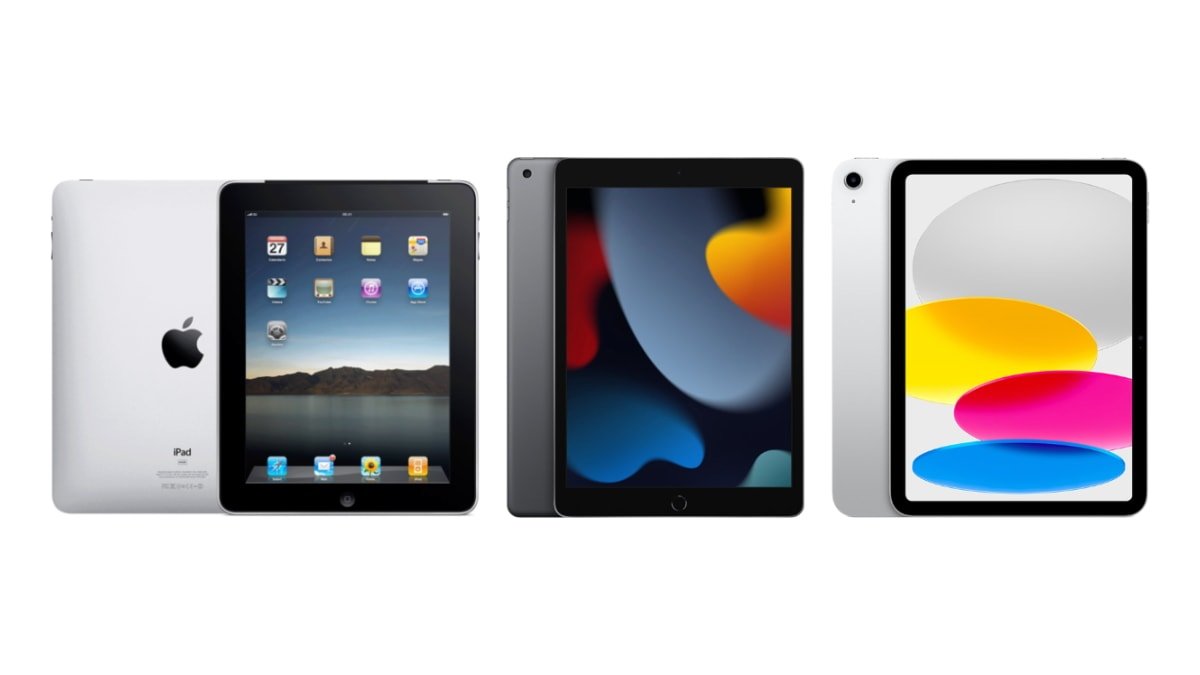
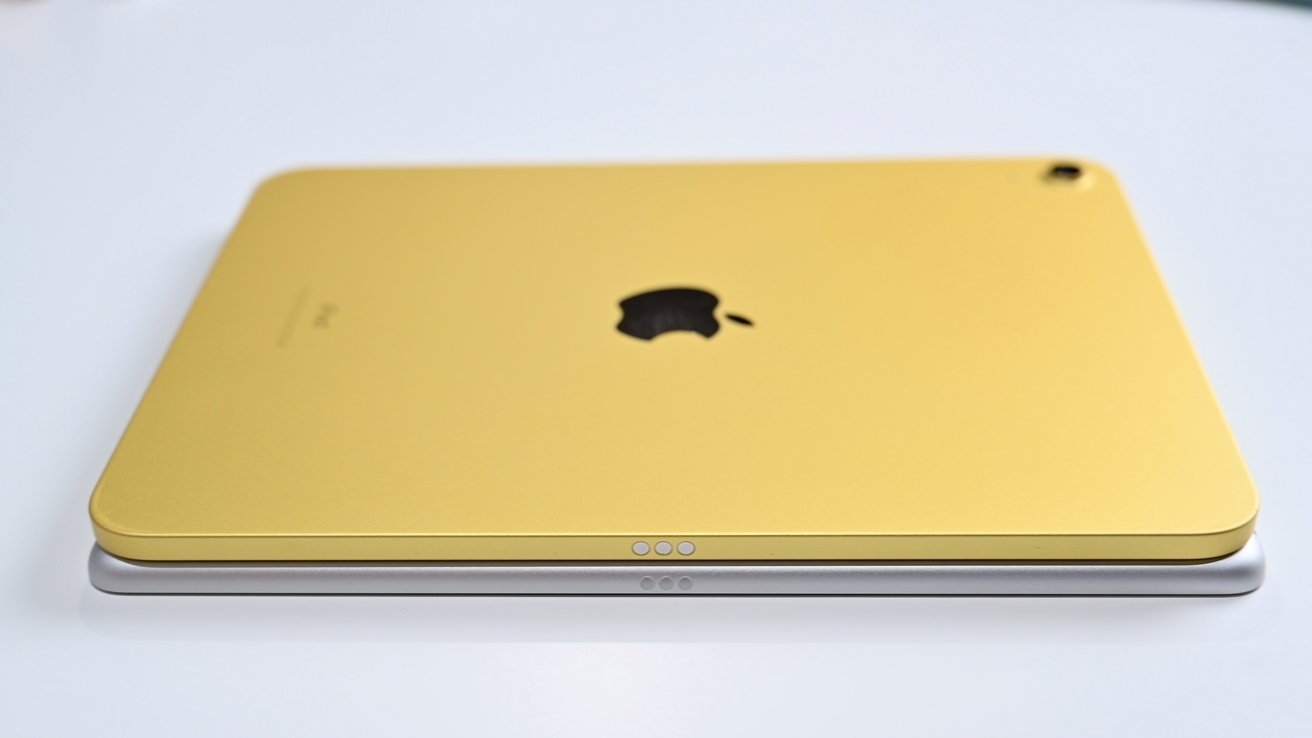
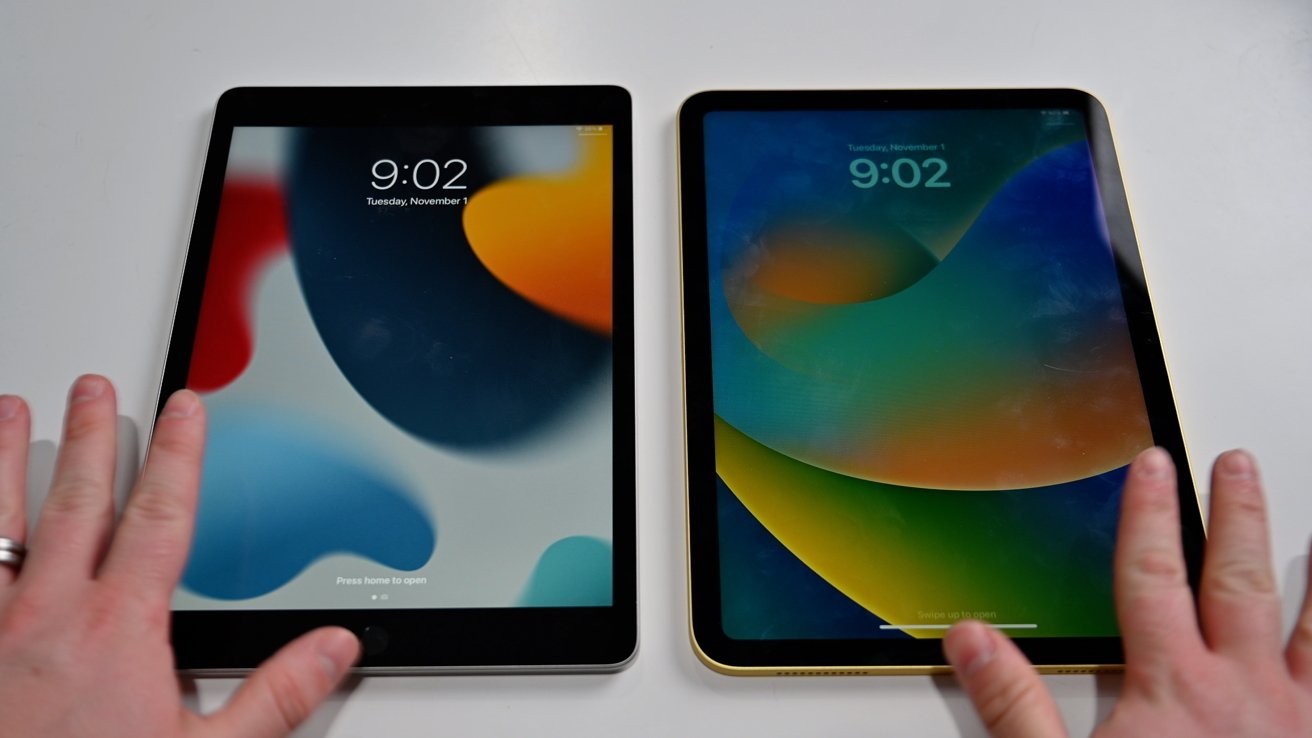
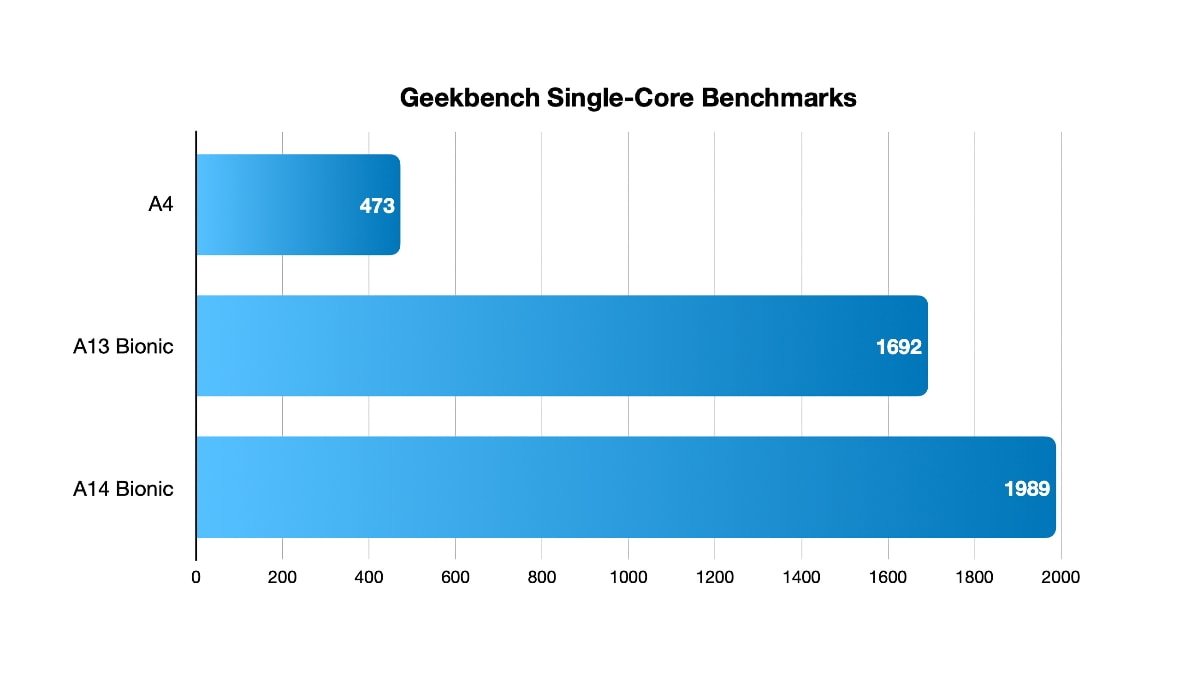
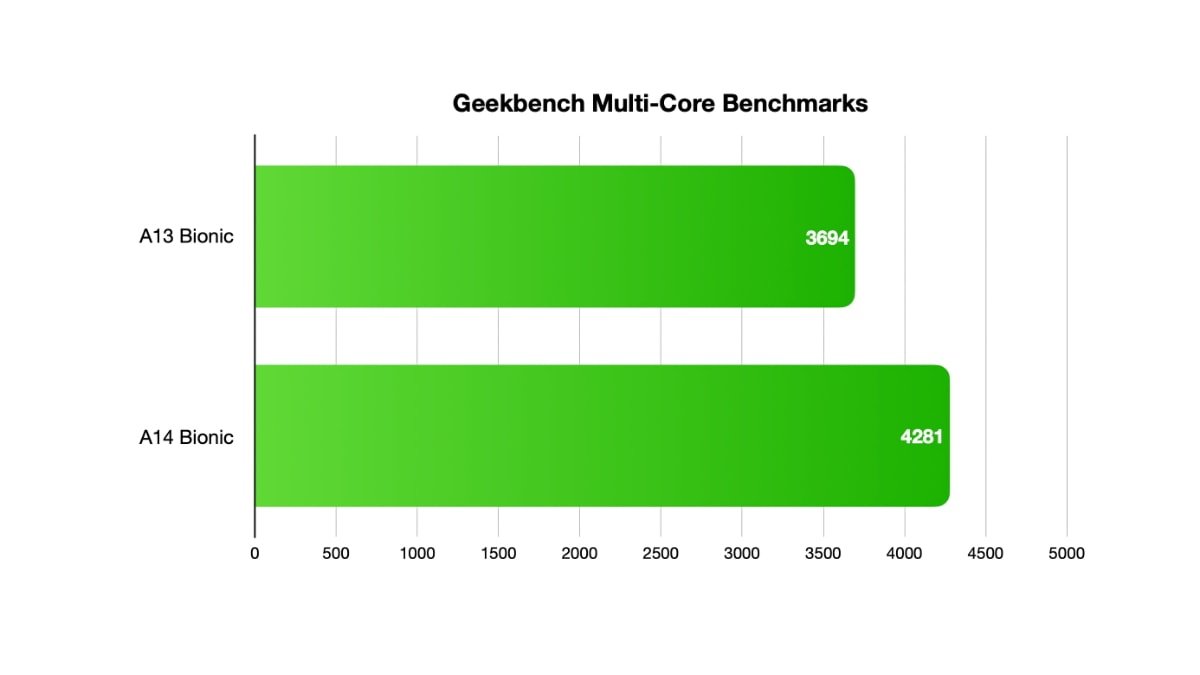
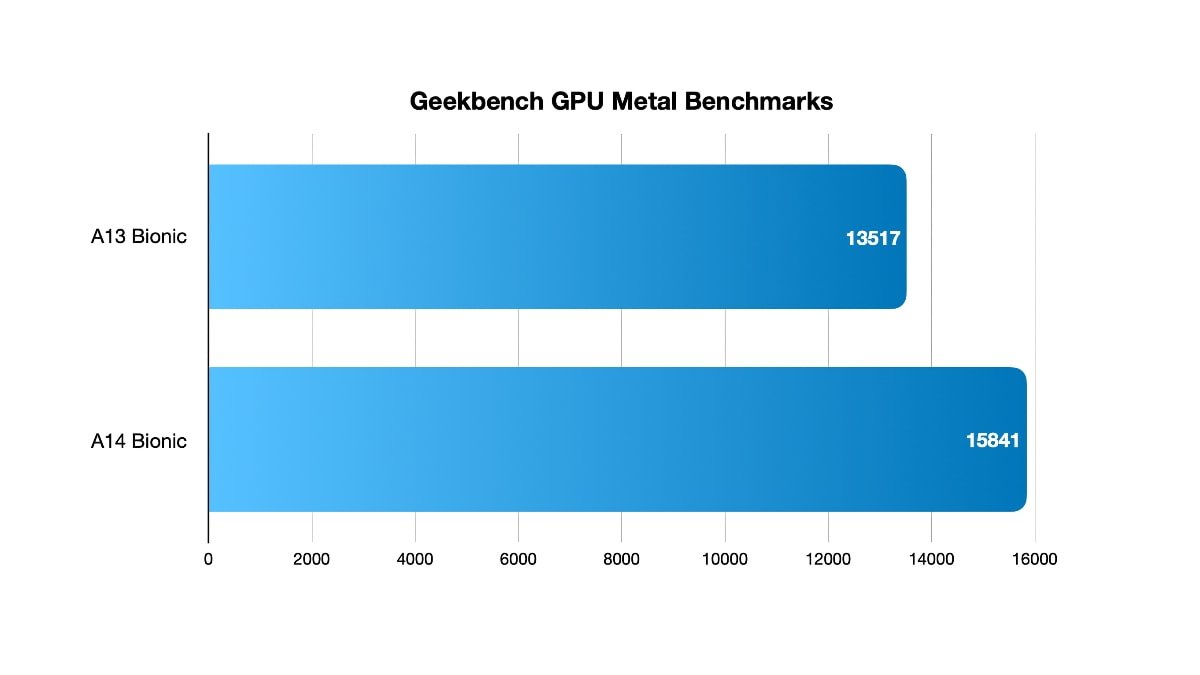
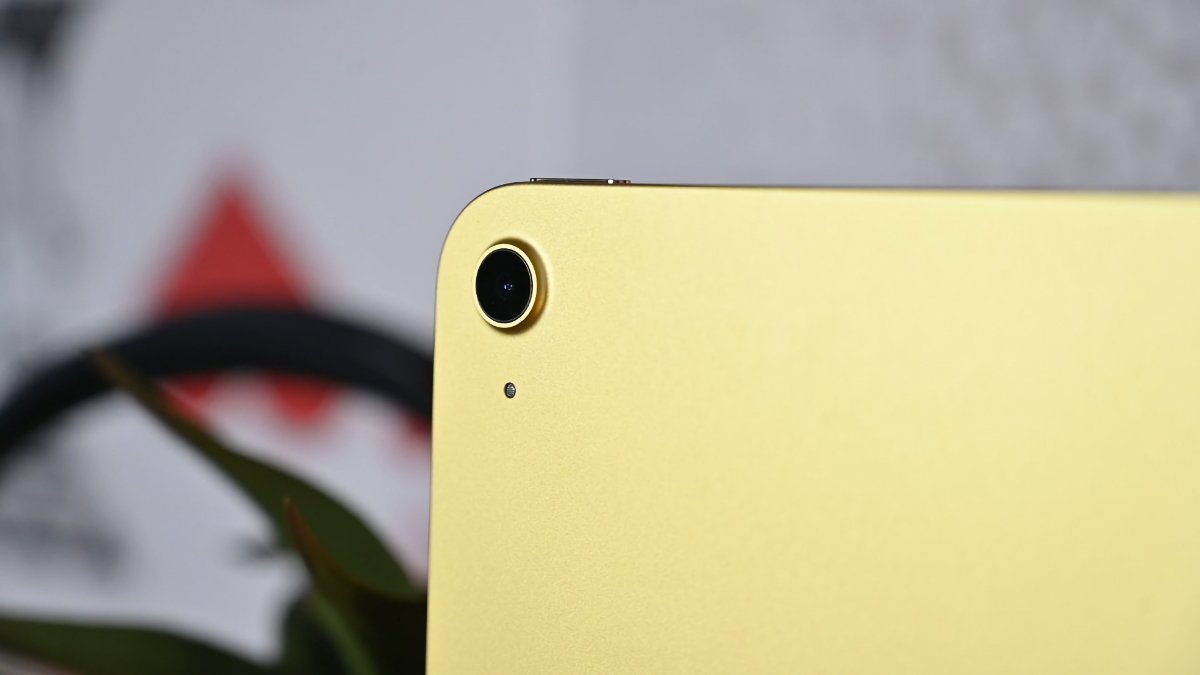
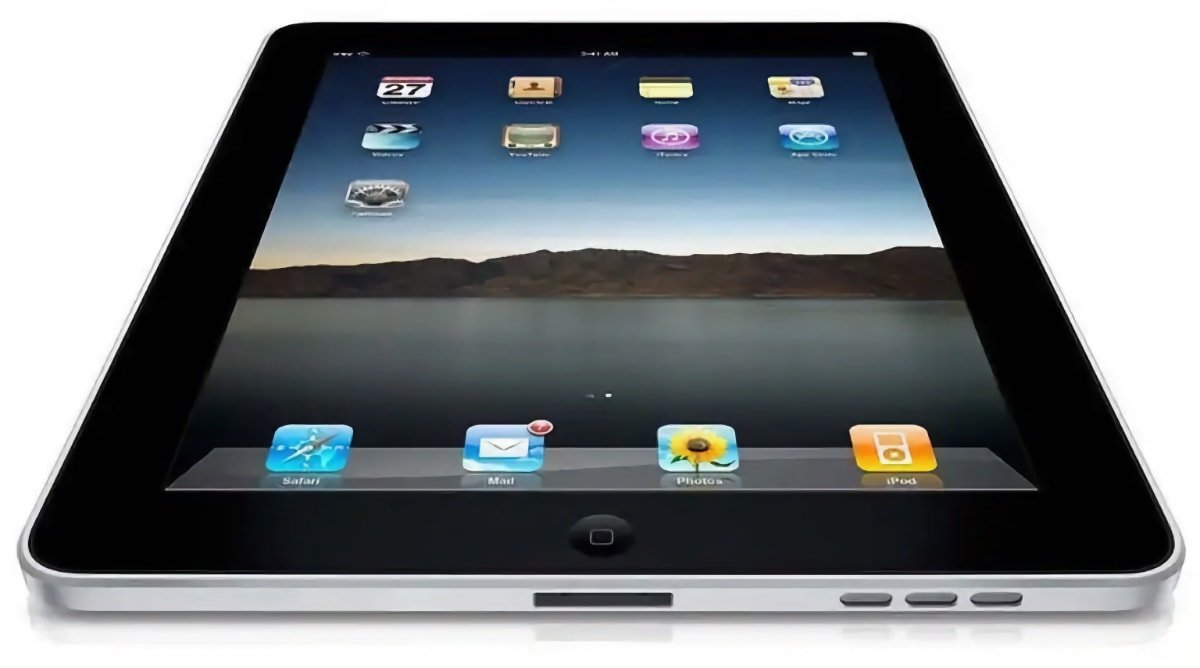
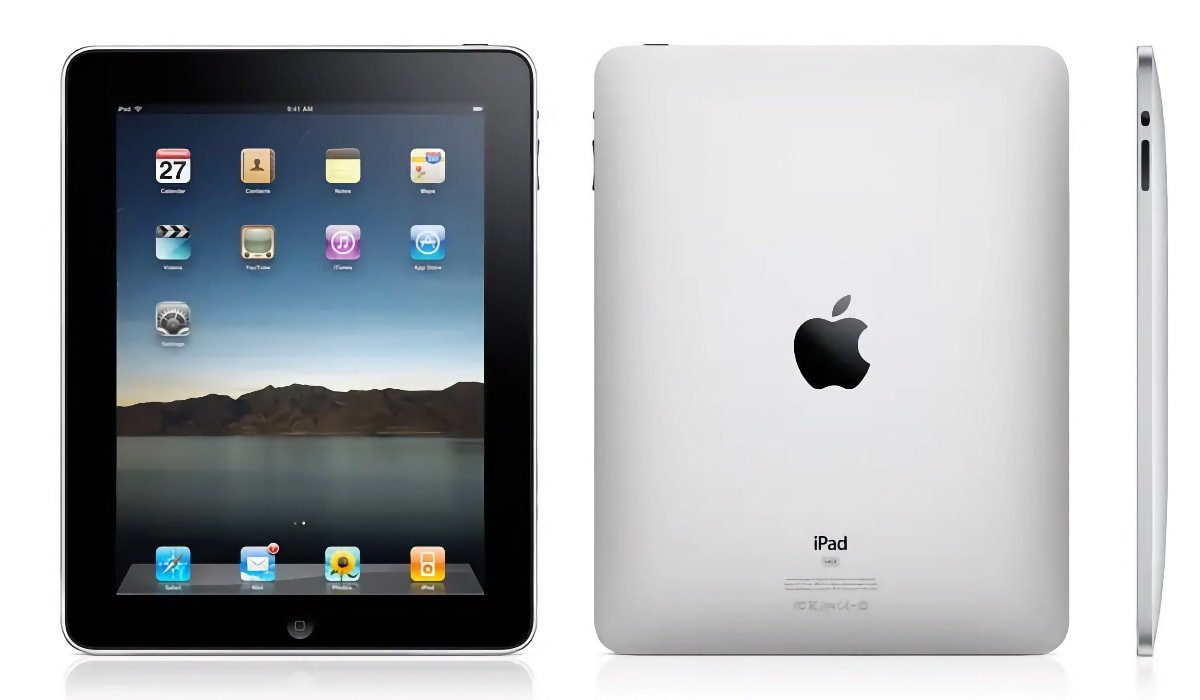
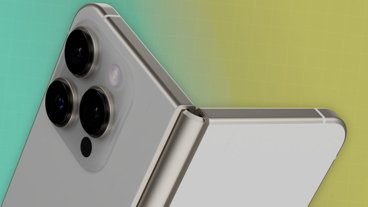





-m.jpg)






 William Gallagher
William Gallagher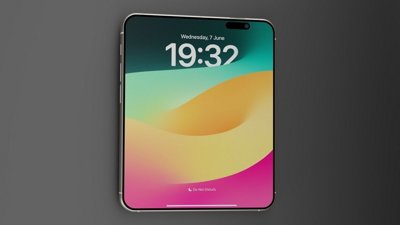
 Malcolm Owen
Malcolm Owen
 Bon Adamson
Bon Adamson
 Marko Zivkovic
Marko Zivkovic
 Amber Neely
Amber Neely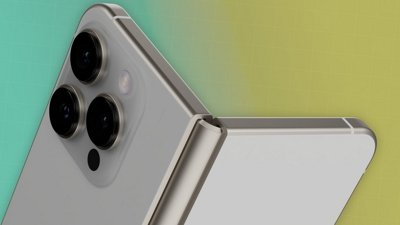

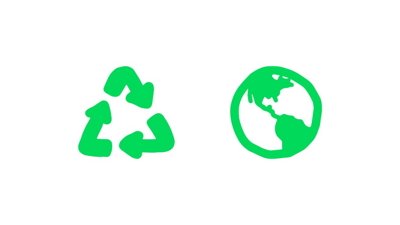


-m.jpg)






6 Comments
Love and still have my first iPad. The home button and proper headphone connector still work well. The size and girth feel like a thin, well-made book -- lighter and thinner are not always better -- though I also do have the big iPad Pro 2021 which is a productivity and creativity monster. Glad they named it iPad instead of iTablet, despite the tongue-and-cheek blowback comparison with women's sanitary products back then.
To be fair, the iPad's history goes a lot farther back than 2004. It owes a great deal to the Newton. Apple learned an enormous amount from that platform about what works -- and what doesn't -- for a tablet. All jokes about handwriting recognition aside (a problem that was solved, and by NewtonOS 2.0 the handwriting recognition was excellent), the Newton was way, way ahead of its time. Since iPad/iPhone development began only a few years after the Newton's cancellation, Apple was able to leverage a lot of knowledge, improve on what worked well, and avoid making the same mistakes.
While the first model was revolutionary, of course. Would love to see a comparison with the iPad 2. That was the model that moved the sales needle and introduced most of us to the iPad.
LOL, all three display types on the chart should say, "LCD", not marketing terms for resolution and backlighting strategies - those are covered elsewhere in the table.
It's amazing. All that change to CPU power, and still no calculator (why?!?), and with almost every major OS release a more awkward multitasking paradigm. It's such a waste.
I bought the iPad2, iPad Air, and Air2, but I think I'm done. It's strictly for content consumption, as I feared all along, and there are cheaper/better ways to do that.